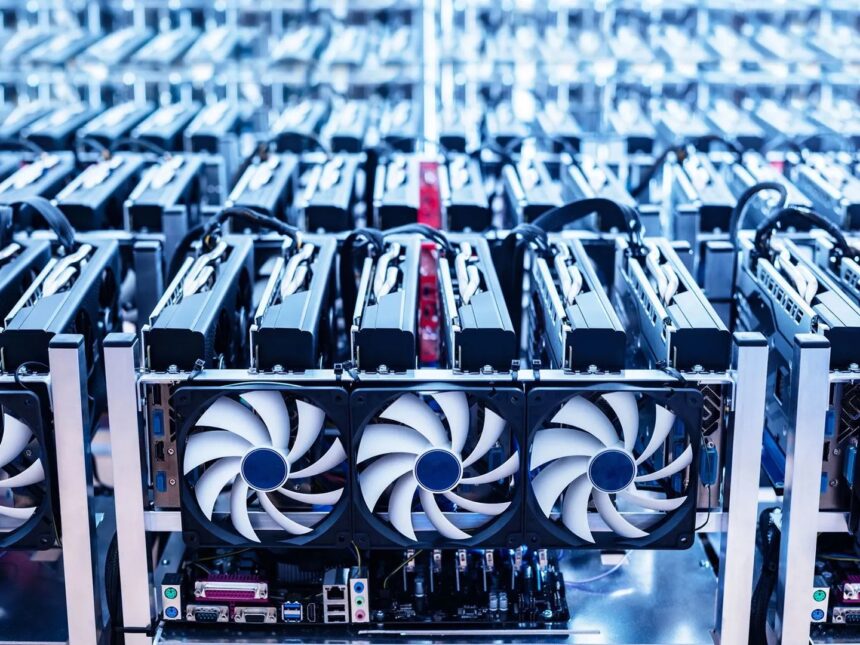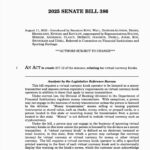Bitcoin Network Hashrate Trends
Last month, the hashrate for the Bitcoin network reached new all-time highs, climbing by approximately 50 exahashes per second (EH/s) to an average of 949 EH/s, as reported by Wall Street bank JPMorgan (JPM) in a research document on Tuesday.
The term hashrate indicates the total combined computational power utilized for mining and processing transactions on a proof-of-work blockchain, serving as a metric for competition in the sector and the difficulty of mining.
Additionally, the total market capitalization of the 13 U.S.-listed Bitcoin miners tracked by the bank reached a record peak in August, with high-performance computing (HPC) execution propelling the increases.
- TeraWulf (WULF) revealed a colocation agreement with Fluidstack.
- IREN (IREN) expanded its GPU fleet, as noted by the bank.
Despite the remarkable hashrate, mining profitability dipped compared to the prior month due to a decline in Bitcoin prices.
According to analysts Reginald Smith and Charles Pearce, “We estimate bitcoin miners earned an average of $55,100 per EH/s in daily block reward revenue in August, down 4% from July.” They also noted that daily block reward gross profit fell by 7%, reaching $31,900 per EH/s.
The combined market capitalization of the 13 U.S.-listed Bitcoin miners monitored by JPMorgan analysts increased by 23% from the previous month, amounting to around $7.4 billion.
In this context, TeraWulf outperformed with an impressive 83% gain, while Greenidge Generation (GREE) lagged behind the group with a 22% decline, as highlighted in the report.



















